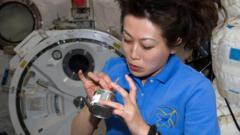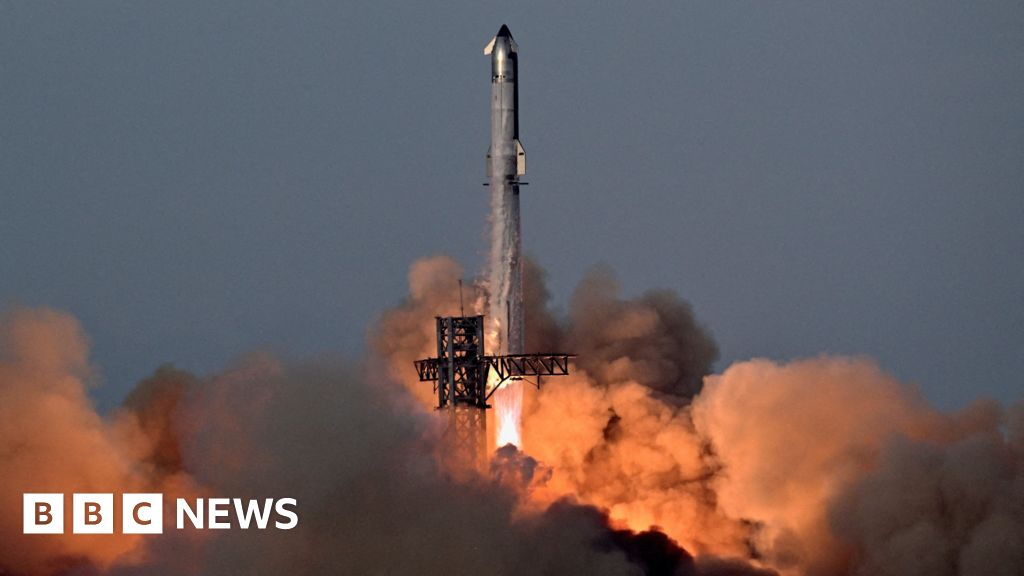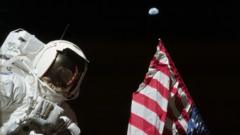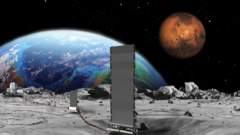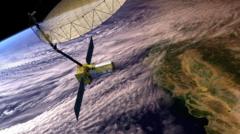In a giant leap for culinary science, the European Space Agency (ESA) has launched a mission that could transform astronaut diets by developing lab-grown food in orbit. This trailblazing experiment, which took off aboard a SpaceX Falcon 9 rocket, is set to explore the potential of cultivating food using individual cells in the unique environment of space, where low gravity and higher radiation pose significant challenges.
According to ESA, the ambitious project seeks to address the sky-high costs of feeding astronauts—estimated at a staggering £20,000 per day—by exploring sustainable food production methods. Dr. Aqeel Shamsul, CEO of Frontier Space, notes that creating small pilot food production facilities on the International Space Station could be a reality in just two years. "Our objective is to establish manufacturing capabilities both in orbit and on the Moon to support human life in space," he conveyed.
The team is focused on lab-grown food, which involves cultivating key ingredients like proteins, fats, and carbohydrates in controlled environments, mirroring the biochemical processes already harnessed on Earth. These innovations could provide an array of food options, maintaining nutritional value while adding a touch of variety for astronauts who typically consume freeze-dried meals.
Dr. Shamsul explains how the lab-grown process can evolve into a 3D printing technology, creating meals that resemble familiar dishes. By utilizing precision fermentation—a method that genetically modifies microorganisms to produce necessary nutrients—the project opens doors to diverse culinary experiences even in the inhospitable reaches of space.
The ongoing ESA mission welcomed its first test subject: a bioreactor containing specially engineered yeast that has been sent to orbit for a three-hour exploration. Its eventual return to Earth will provide crucial data to refine and scale the bioreactor for future missions.
Imperial College London's culinary education designer, Jakub Radzikowski, is preparing recipes inspired by the possibilities of lab-grown ingredients. While he awaits regulatory approvals, he's already using alternative natural ingredients to experiment with flavors that could comfort astronauts from various cultures, taking into consideration their diversity in cuisine preferences.
To highlight the potential transformation of space food, Helen Sharman, the UK’s first astronaut, sampled Radzikowski's spicy dumplings. Her enthusiastic endorsement bodes well for the future of human consumption in space, stating that lab-grown food may be pivotal in keeping astronauts healthier and more satisfied during their missions.
With promising advancements in lab-grown food technology, the vision of sustainable human presence beyond Earth is becoming increasingly viable—a remarkable achievement that could redefine our understanding of nourishment and life in space.

